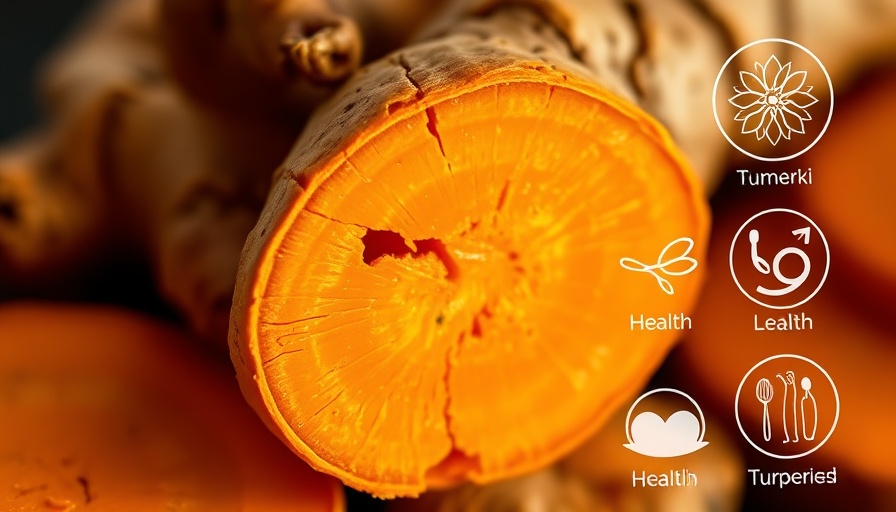
Transforming Bath Time into a Joyful Ritual
For many pet owners, the word "bath" can trigger a deluge of worries and stress. It’s not unusual for dogs—our beloved companions—to view bath time as a daunting ordeal rather than a refreshing ritual. However, with some clever adjustments and a sprinkle of love, bath time can indeed become a bonding experience rather than a battleground.
Understanding the Fear: Why Do Dogs Dislike Baths?
To effectively tackle the tension surrounding bath time, it's pivotal to decode what fundamentally drives our furry friends’ trepidation. For many dogs, swimming and bathing are alien concepts that evoke discomfort. The reasons behind this aversion can vary widely, often connecting back to negative past experiences or overwhelming sensory inputs. Common reasons include:
- Feeling Trapped: Many dogs are sensitive to feeling confined or lose control during bathing sessions, which can lead to panic.
- Traumatic First Experiences: A negative initial encounter, like being splashed with cold water, can instill lasting anxiety during baths.
- Overstimulating Environment: The combination of rushing water, slippery surfaces, and unfamiliar scents can create an unpleasant sensory overload.
Creating a Stress-Free Bath Time Environment
Establishing a soothing atmosphere can drastically improve your dog’s bathing experience. Here are some practical tips to ease the transition:
Preparation is Key
Taking the time to gather necessary supplies—like gentle shampoos, non-slip mats, and ear protection—can help both you and your pup feel more at ease. Ensure the bathing area is a safe space devoid of distractions, and opt for dog-friendly products that are hypoallergenic, especially for those with sensitive skin.
Gradual Introductions
Consider conducting several “test runs” with just water or even just the bathing tools outside of the actual bath. Gradually increasing your dog’s exposure can help them acclimate to the process and form positive associations with both water and bathing.
The Importance of Routines and Techniques
Establishing a clear and consistent bathing routine can create predictability, which is reassuring for dogs. Here’s a structured pathway to make bath time more enjoyable:
- Start with a Calm Atmosphere: Before the bath begins, take a walk or engage in a game of fetch to help lower anxiety levels.
- Use the Right Water Temperature: Luke-warm water is ideal; harsh temperatures may incite distress.
- Reward System: Offer treats and praise during and after bath time to cultivate a positive experience.
- Gentle Handling: Use a calm voice and gentle touch to soothe your dog. If they seem uncomfortable, pause, or offer a distraction, such as a favorite toy.
When to Seek Professional Help
Despite your best efforts, some pets may remain resistant to home bathing. In such cases, enlisting professional groomers who prioritize gentle handling and stress-free techniques can be an invaluable alternative. Not only do professional groomers possess the knowledge necessary to maintain hygiene, but they also ensure your dog remains emotionally well-processed throughout the experience.
A Final Thought: Building Trust Through Bathing
Ultimately, the goal is to foster a trusting relationship with your canine companion. Bath time, when navigated with care and compassion, can be a unique opportunity for connection. By adopting these strategies, you stand a better chance of transforming an anxiety-inducing event into time well spent with your dog, solidifying your bond.
Whether your beloved pet is a happy-go-lucky pup or a timid senior, understanding their unique needs during bath time will not only improve their comfort but can also enhance their overall health. To ensure you're providing the best for your furry friend, consider subscribing to reliable pet health resources. It's a beautiful way to wrap up your new approach to bathing, keep learning, and continually promote their wellness.
 Add Row
Add Row  Add
Add 




Write A Comment